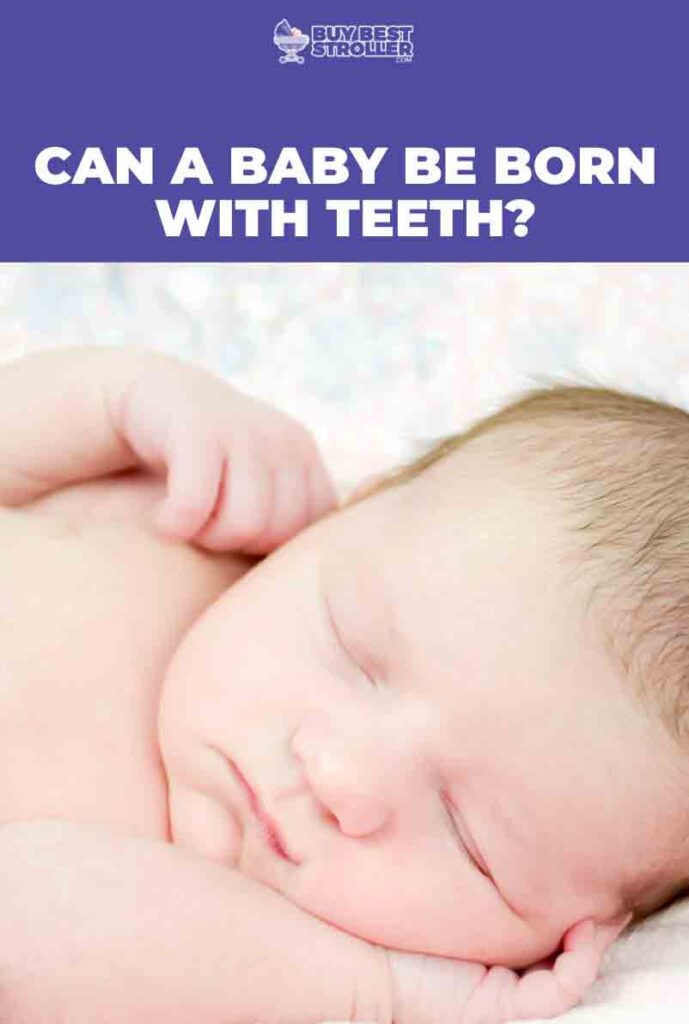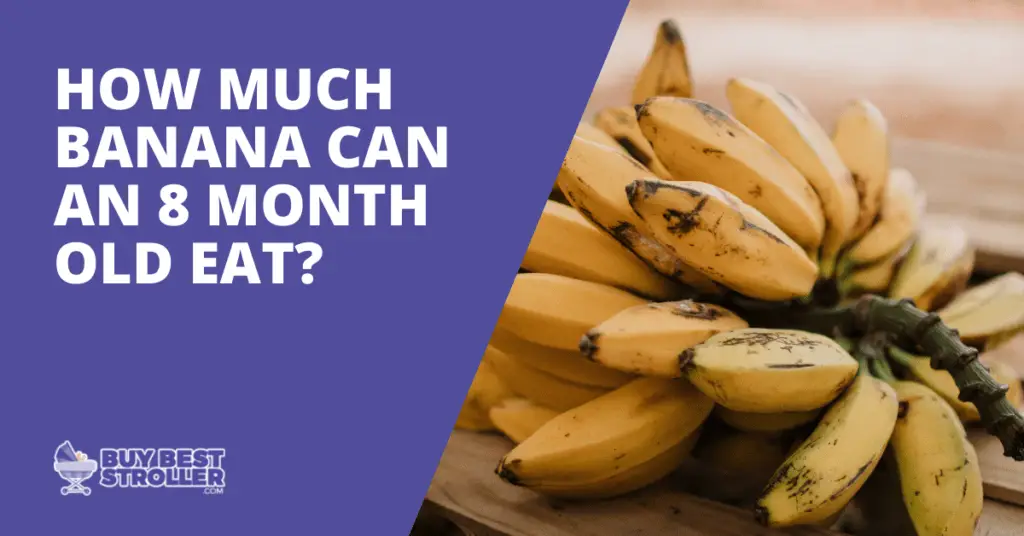Yes, a baby can be born with teeth. These are known as the Natal teeth. It is not uncommon for babies to be born with teeth.
According to the National Institutes of Health, newborn teeth (Natal teeth) occur in about one out of every 2,000 to 3,000 births.
If your newborn comes into the world with tiny teeth poking through his gums, you may want to find out what kind of risks natal teeth can pose and what you should do moving forward.
Generally, teething follows a predictable pattern and is a normal part of development. In most babies, their first tooth comes between 4 and 7 months of age. The first teeth that babies get are their lower central incisors or bottom middle teeth.
It may be a shock to your baby to be born with teeth. However, you shouldn’t worry and take action unless the teeth cause difficulty with feeding or pose a choking hazard. You can consult with your pediatrician about the best course of action.
Are Natal Teeth Bad?
When a baby has “natal teeth,” it is not a serious concern unless it is associated with other medical problems. If your baby is born with teeth, don’t panic—it’s generally not a cause for concern. However, natal teeth can cause a few potential problems, so make sure you tell your pediatrician if you encounter any of the following:
- Injury to the baby’s tongue.
- Nursing difficulties. Mother and child may experience discomfort when feeding.
- If the tooth becomes detached from the jaw, there is a risk that the baby will swallow it, leading to choking.
What Causes A Baby To Be Born With Teeth?
The exact cause of a baby being born with teeth (natal teeth) is unknown, but there are a few conditions that may increase the chances. There are two possible root causes for natal teeth: close-to-surface gum cells and hereditary factors.
When parents, siblings, or relatives of the baby had teeth at birth, then there is a high possibility that the baby will be born with natal teeth too. The results of one study report that 15 percent of babies with natal teeth also have parents, siblings, or close relatives with the condition.
Additionally, some medical conditions may also cause the birth of natal teeth. Some of these are as follows:
- Sotos
- Hallermann-Streiff syndrome (oculomandibulofacial syndrome with hypotrichosis)
- Ellis-van Creveld syndrome (chondroectodermal dysplasia)
- Pierre Robin
In some cases, babies born with birth irregularities such as cleft lips or dentin (which is a part of the tooth situated below the enamel) may have natal teeth.
However, there are many other factors that can contribute to natal teeth as well. These include malnutrition in pregnancy, trauma, the mother getting exposed to toxins during pregnancy, and infection. Your dentist can help you determine the cause, even if the cause is not immediately obvious.
What Are The Types Of Natal Teeth?
As we have already discussYou may be surprised to know that there are four different types of natal teeth. They are:
- Fully Erupted: They are visible and completely out of the gum line. The teeth are firmly attached to the gums and do not move when touched.
- Loose And Fully Erupted: The teeth are fully visible but loosely attached to the gums, indicating that there are no roots or partial roots.
- Partially Erupted: Through the gums, the crown of the tooth is visible, while the remaining parts of the tooth are embedded in the gums.
- Unerupted But Visible: The teeth are embedded in the gums, but are visible as a white bump.
Typically, babies are born with one tooth, but it is also possible to have multiple teeth. It is most common to see bottom front teeth in babies, although top teeth and molars (in less than 1% of babies) are also possible.
Your newborn’s exact teeth type will help determine the risk for complications. It will also help your doctor to decide whether treatment is needed.
What Are The Differences Between Neonatal And Natal Teeth?
Teeth that are present at birth are called “natal teeth”, whereas teeth that appear after the first 4 weeks of life are called neonatal teeth. It has been reported that natal and neonatal teeth appear between one in every 1000 and one in every 6000 births.
If a baby’s teeth are loose, they can be uncomfortable for a nursing mother and pose a risk for aspiration and swallowing for the baby. Moreover, they may irritate and damage the soft tissues of the infant. In these circumstances, the teeth must be removed.
Generally, the causes, complications, and treatment of neonatal teeth are the same as those of natal teeth.
Should Natal Teeth Be Removed?
Sure, the natal teeth should be removed while the newborn infant is still in the hospital if they are loose.
Most often, this procedure is done when the tooth is loose and the baby is at risk of inhaling the tooth. Several studies report that aspirating or ingesting natal teeth is a reason for removing loose teeth.
What Are Ghost Teeth?
Ghost Teeth, also known as “Regional odontodysplasia (RO)”, is a rare developmental anomaly that occurs in approximately five percent of people.
The reason regional odontodysplasia is called “ghost teeth” is because the teeth from this condition appear “ghost-like” on radiographs.
“Regional” in the name is due to the fact that it mostly occurs in a restricted area of tooth development, usually in one part of the mandibular or maxillary arch and not crossing it. “Dysplasia” is a term describing abnormal growth of cells, bone, or in this case, teeth.
The best way to understand this term is to break down the term (Regional odontodysplasia) into its parts.
–Regional: It affects the adjacent teeth in one or more areas.
-Odonto: It refers to dental issues.
-Dysplasia: It refers to the presence of abnormal growth of cells in organs or tissues in your -body.




